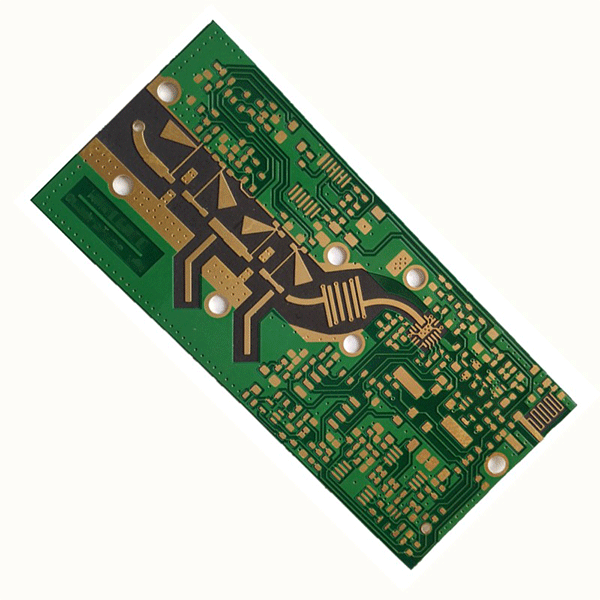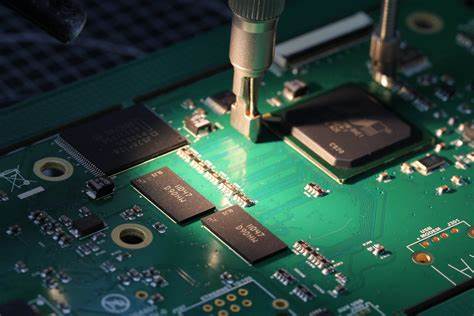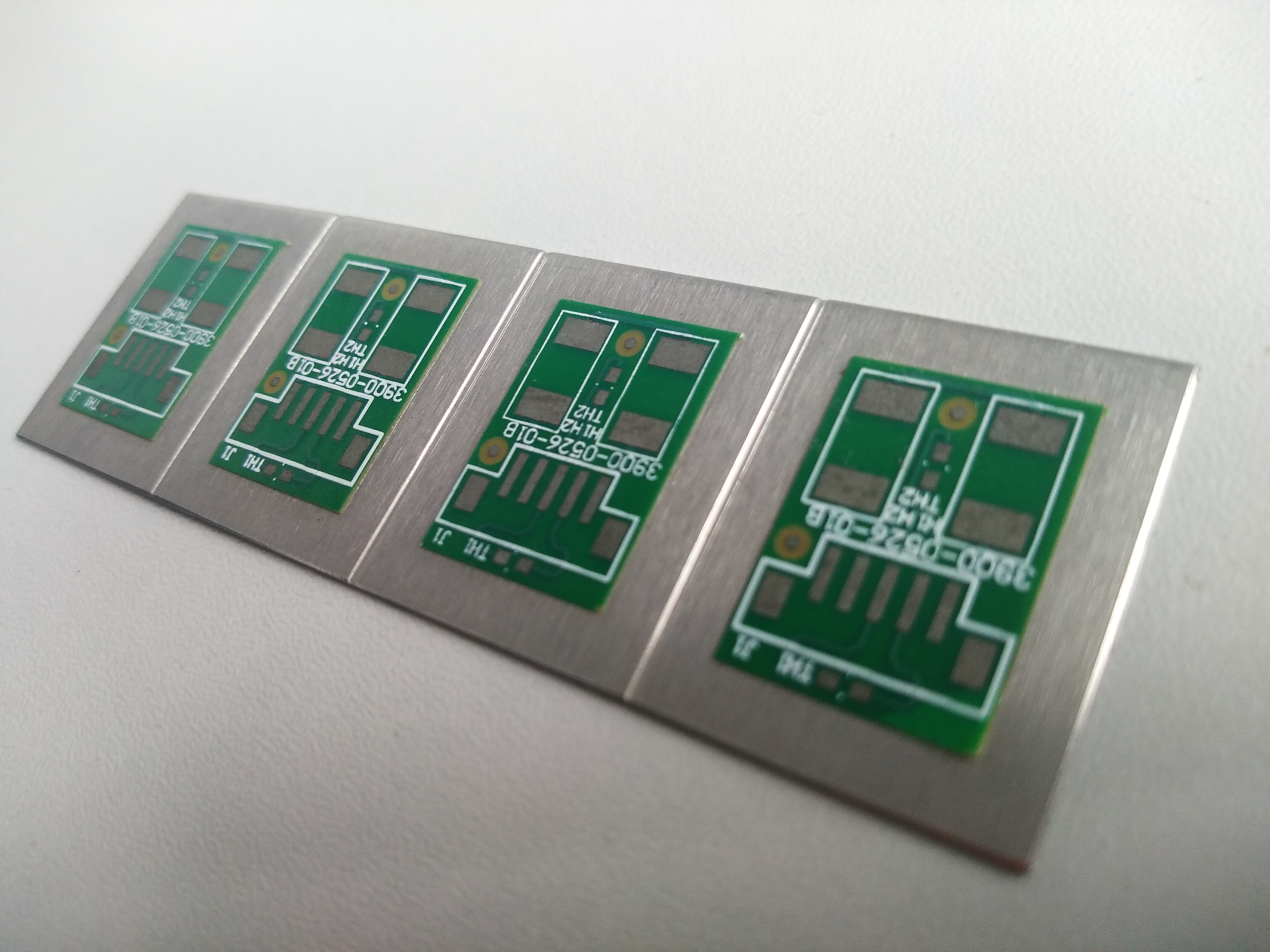
The use and advantages and disadvantages of high density board
High-density board is a very common decorative material, and it is used in many places in home decoration. Generally, high-density board is used as door panels or partition walls. Let's talk about the advantages and disadvantages of high-density boards, and what are the uses of high-density boards.
Density boards are divided into three types: low-density boards, medium-density boards and high-density boards. High-density boards have the highest tissue density and are very suitable for use in door panels, wall panels, partition panels or partitions during decoration. The surface of the high-density board can be decorated. Generally, coatings, veneers, metal sheets or melamine boards are used to express and paste the surface of the density board to present different decorative effects.
The surface of the high-density board is very beautiful without decoration, and it can show a unique decorative effect when used in industrial-style decoration. The surface of the high-density board can also be painted or painted, and it is very easy to decorate the surface as a substrate.
The physical properties of the high-density board are good, the internal structure of the material is uniform, and there is no problem of dehydration. Punching, drilling, etc. can be carried out during processing, and cutting and processing modeling are very convenient. In addition to home decoration, it is also often used in architectural decoration projects. The high-density board is widely used, and it also has the function of sound absorption, so the high-density board will also be used as a sound-absorbing board in the space where sound insulation is required.

What are the advantages and disadvantages of high-density boards? In addition to the advantages described above, there are also many disadvantages of high-density boards. No matter what type of density board it is, it cannot avoid the phenomenon that it will deform and expand when it encounters water, so generally high-density boards will not be used in spaces with heavy water vapor.
After long-term use, high-density boards have a much higher probability of deformation than solid wood particle boards. Because the internal fibers of high-density boards are very fine, their nail-holding power is much worse than solid wood particle boards or particle boards. If high-density boards are used to make skirting boards, window sill boards or door casing boards, all six sides must be painted to prevent deformation of the board.
Due to the high density of high-density boards, it has a greater chance of cracking than low-density boards and medium-density boards, so the density boards generally used in furniture production are usually medium-density boards. Most of the high-density boards are used for indoor and outdoor decoration, antistatic floor, audio, and car interior decoration. Many packaging materials also use high-density boards. It is also very suitable as a base material for laminate flooring.
The advantages and disadvantages of high-density boards are obvious, so try to make use of its advantages when using them, and do not use them for purposes that can cause the disadvantages of high-density boards. When choosing a high-density board, in addition to paying attention to its appearance quality, you must also pay attention to its environmental protection issues. Only by choosing qualified products with low formaldehyde content can the home environment be healthier.
The main advantage
1. Density board is easy to be painted. All kinds of paints and paints can be evenly coated on the density board, which is the first choice for paint effect.
2. Density board is a beautiful decorative board.
3. All kinds of veneer, printed paper, PVC, gummed paper film, melamine impregnated paper and light metal sheet can be decorated on the surface of MDF.
4. After punching and drilling, the hard density board can also be made into a sound-absorbing board, which is used in building decoration projects.
5. The physical performance is excellent, the material is uniform, and there is no dehydration problem.
main disadvantage
1. The biggest disadvantage of density board is that it is not moisture-proof, and it will swell when it sees water. When using density boards as skirting boards, door casing boards, and window sill boards, you should pay attention to painting all six sides so that they will not be deformed.
2. The density board has a large expansion rate when it encounters water, and the deformation is large, and the long-term load-bearing deformation is larger than that of the homogeneous solid wood particle board.
Although the moisture resistance of the density board is poor, the density board surface is smooth and flat, the material is fine and dense, the performance is stable, the edge is firm, and it is easy to shape, avoiding problems such as decay and insects. It is better than particle board in terms of bending strength and impact strength, and the surface of the board is very decorative, which is even better than the appearance of solid wood furniture.
3. The density board has poor nail holding power. Because the fiber of the density board is very broken, the nail holding power of the density board is much worse than that of solid wood board and particle board.
Extended information:
basic classification
According to density, it can be divided into: high-density fiberboard, medium-density fiberboard, and low-density fiberboard (the density of medium-density fiberboard is 650 kg/m3-800 kg/m3, and the density of high-density fiberboard is ≥800 kg/m3).
The national standard (GB/T 11718-2009) is divided into: ordinary MDF, furniture MDF and load-bearing MDF.
According to the use, it can be divided into: furniture board, floor base material, door panel base material, electronic circuit board, engraving and milling board, moisture-proof board, fire-proof board and line board, etc.
Common format sizes are 1220mm*2440mm and 1830mm*2440mm.
The main thicknesses are: 1mm, 2.4mm, 2.7mm, 3mm, 4.5mm, 4.7mm, 6mm, 8mm, 9mm, 12mm, 15mm, 16mm, 18mm, 20mm, 22mm, 25mm, 30mm.
The main purpose
It is mainly used for laminate flooring, door panels, partition walls, furniture, etc. MDF is mainly used for surface treatment of mixed oil process in home decoration; generally MDF is used for furniture, because the density of high density board is too high, it is very difficult It is easy to crack, so there is no way to make furniture.
Generally, high-density boards are used for indoor and outdoor decoration, office and civilian furniture, audio, vehicle interior decoration, and can also be used as materials for anti-static floors in computer rooms, wall panels, security doors, wall panels, partitions, etc. .







